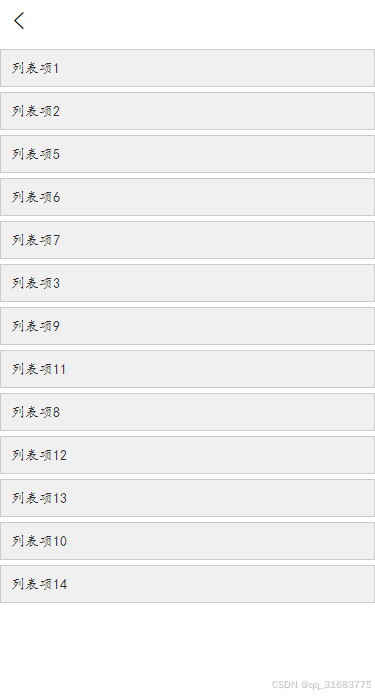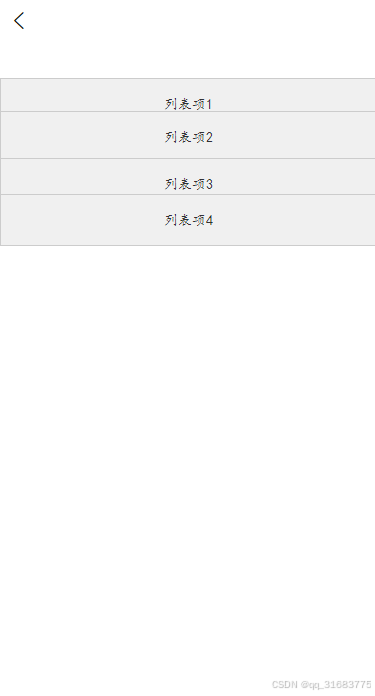1.拖拽排序 使用 sortablejs库
npm install sortablejs --save-dev
<template><view id="list"><view v-for="(item, index) in list" :key="item.id" class="item">{{ item.name }}</view></view>
</template><script>import Sortable from "sortablejs";export default {data() {return {list: [{id: 1,name: "列表项1"},{id: 2,name: "列表项2"},{id: 3,name: "列表项3"},{id: 5,name: "列表项5"},{id: 6,name: "列表项6"},{id: 7,name: "列表项7"},{id: 8,name: "列表项8"},{id: 9,name: "列表项9"},{id: 10,name: "列表项10"},{id: 11,name: "列表项11"},{id: 12,name: "列表项12"},{id: 13,name: "列表项13"},{id: 14,name: "列表项14"}]};},mounted() {this.initSortable();},methods: {initSortable() {const list = document.getElementById("list");new Sortable(list, {animation: 150,onUpdate: this.handleUpdate});},handleUpdate(event) {const {oldIndex,newIndex} = event;const item = this.list.splice(oldIndex, 1)[0];this.list.splice(newIndex, 0, item);}}};
</script><style scoped>.container {display: flex;flex-direction: column;}.item {padding: 10px;margin: 5px 0;background-color: #f0f0f0;border: 1px solid #ccc;cursor: pointer;}
</style>
2.拖拽到指定位置并停留
<template><view class="container"><movable-area class="area"><movable-viewv-for="(item, index) in list":key="item.id":x="0":y="item.y"direction="vertical"@change="handleMove(index, $event)"class="item">{{ item.name }}</movable-view></movable-area></view>
</template><script>
export default {data() {return {list: [{ id: 1, name: "列表项1", y: 0 },{ id: 2, name: "列表项2", y: 50 },{ id: 3, name: "列表项3", y: 100 },{ id: 4, name: "列表项4", y: 150 }]};},methods: {handleMove(index, event) {const { y } = event.detail;this.list[index].y = y;this.sortList();},sortList() {this.list.sort((a, b) => a.y - b.y);}}
};
</script><style scoped>
.container {height: 300px;
}
.area {width: 100%;height: 100%;
}
.item {width: 100%;height: 50px;background-color: #f0f0f0;border: 1px solid #ccc;text-align: center;line-height: 50px;
}
</style>





